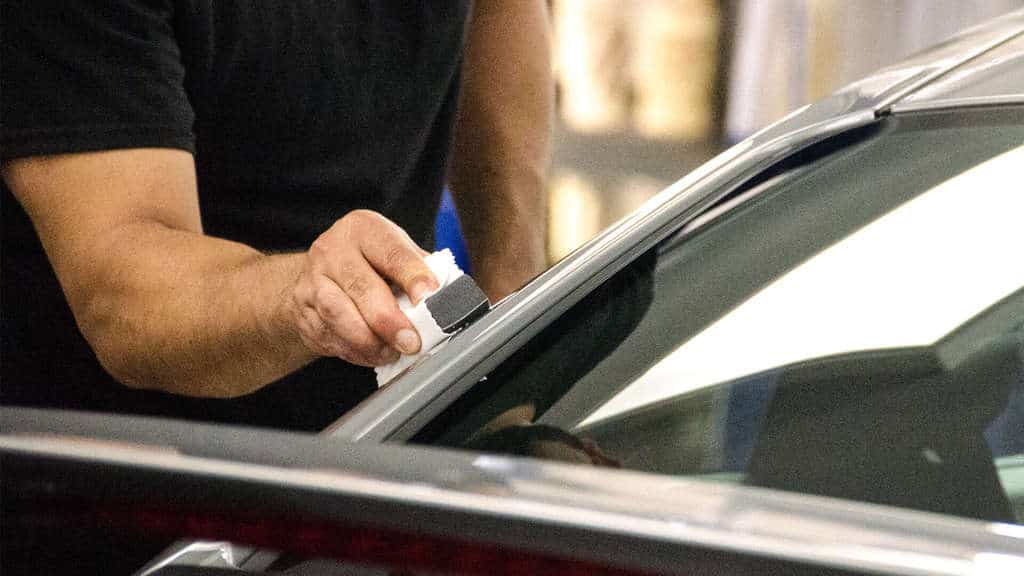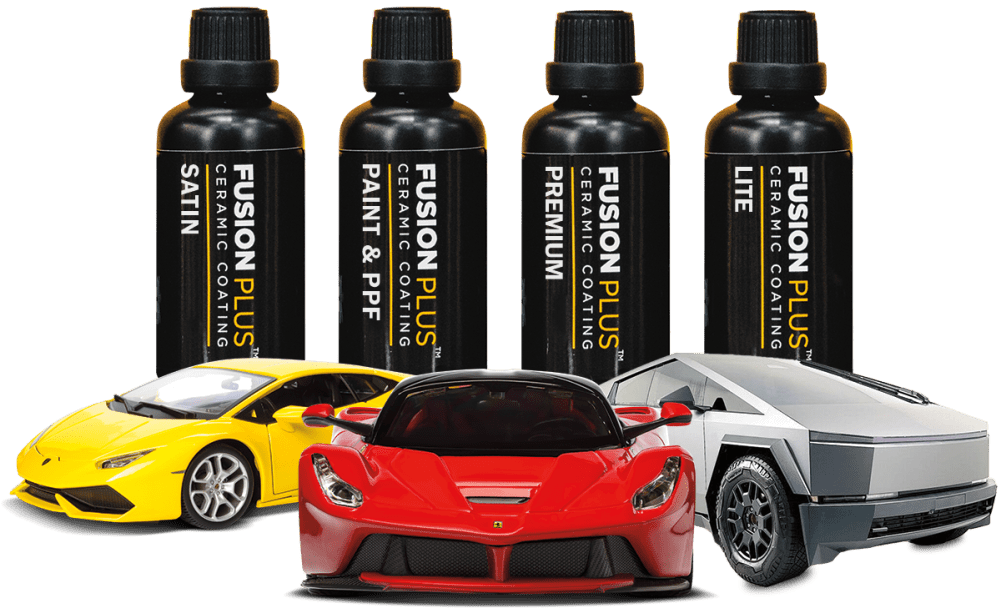How Ceramic Coating Enhances Your Vehicle's Protection and Appearance
How Ceramic Coating Enhances Your Vehicle's Protection and Appearance
Blog Article
Ceramic Coating vs. Conventional Wax: Which Offers Better Long-Term Protection?
The discussion in between ceramic finishes and traditional wax for automobile protection has actually gathered substantial focus among automotive lovers and professionals alike. Ceramic finishings boast exceptional long life and resistance to environmental elements, yet the complexity of their application raises concerns about accessibility and usefulness.
Overview of Ceramic Finish
Ceramic coating has actually gotten considerable popularity amongst vehicle fanatics and detailers alike as a result of its innovative protective qualities. This innovative modern technology is designed to create a resilient, hydrophobic guard over a car's paint surface, dramatically improving its resistance to ecological pollutants such as dust, UV rays, and chemical spots. Unlike standard wax, which provides a temporary layer of defense, ceramic finishes bond at a molecular degree with the paint, providing resilient resilience-- often extending past 2 years with correct upkeep.
The application procedure entails thorough prep work of the lorry's surface, including cleaning and polishing to ensure ideal attachment. Once used, the coating cures to create a robust layer that not just adds depth and gloss to the paint however likewise streamlines upkeep. With its hydrophobic residential properties, ceramic coating allows water and dirt to slide off even more easily, lowering the frequency of laundries and lessening the threat of swirl marks.
Moreover, ceramic coverings are readily available in various solutions, enabling customers to choose items tailored to their details needs and choices. On the whole, ceramic coating represents a significant advancement in paint security modern technology, supplying superior performance contrasted to standard options.
Summary of Traditional Wax
Commonly considered a staple in vehicle treatment, wax offers as a popular selection for those looking for a simple technique to enhance and shield their vehicle's paint - ceramic coating. Automotive wax usually comprises all-natural ingredients, such as carnauba, or synthetic substances, developed to produce a protective layer on the surface of the paint. This layer not just improves the car's gloss and beam but additionally gives an obstacle against ecological contaminants
The application of wax is generally straightforward, making it available for both professionals and do it yourself lovers. It can be used by hand or maker, enabling convenience in the outlining process. Once applied, wax requires a curing duration, after which it sets to develop a protective shell. Wax is likewise recognized for its ability to fend off water, advertising a beading result that assists in the avoidance of water places and corrosion.
However, while wax is effective for improving the visual charm of a vehicle, it is very important to keep in mind that the defense it offers might require much more regular reapplication compared to alternative items, such as ceramic coatings. Generally, typical wax continues to be a preferred alternative for those focusing on simplicity of usage and prompt aesthetic enhancement.
Resilience and Longevity Contrast
While both ceramic coverings and typical wax offer safety advantages for automobile paint, their durability and longevity vary dramatically. Standard wax, typically made from all-natural carnauba or artificial polymers, typically gives a protective layer that lasts about three to 6 months. This reasonably brief lifespan requires normal reapplication to keep optimum defense.
In contrast, ceramic coatings are engineered from sophisticated nanotechnology, developing a covalent bond with the paint surface. This causes a robust, hydrophobic layer that can endure for 2 to five years, relying on the item and environmental problems. The exceptional durability of ceramic coatings is credited to their chemical structure, which uses boosted resistance to scratches, UV rays, and oxidation.

Protection Versus Environmental Variables
Safeguarding a lorry's paint from ecological elements is critical for keeping its look and value gradually. Automobiles are constantly revealed to a selection of elements, including UV rays, bird droppings, tree sap, acid rain, and road crud, all of which can endanger the integrity of the paintwork.
Ceramic coverings supply a durable defense against these ecological aggressors. Unlike traditional wax, which can deteriorate swiftly under UV direct exposure, ceramic finishes form a long lasting, hydrophobic layer that resists the hazardous effects of sunshine and toxic wastes. This innovative modern technology produces a chemical bond with the automobile's surface, offering superior protection that lasts for many years, also in harsh conditions.
Typical wax, while simpler to use, commonly needs constant reapplication and supplies restricted resistance to impurities and UV rays. Gradually, it can break down, leaving the paint susceptible to scratches and oxidation. In contrast, ceramic coverings keep their safety qualities much longer, significantly decreasing the danger of paint damages and guaranteeing that the car keeps its visual charm. Consequently, ceramic layers are increasingly acknowledged as the exceptional selection for lasting security versus environmental factors.
Application and Maintenance Differences
The approaches of application and succeeding maintenance for ceramic finishings and traditional wax vary dramatically, affecting the total user pop over to this web-site experience and efficiency of each product. Ceramic coverings need a more complex application process, usually including surface area preparation that consists of washing, sanitizing, and brightening the vehicle. Once the surface area prepares, the ceramic finishing is used in a controlled environment, usually needing professional experience to guarantee appropriate treating and bonding to the paint.

While both items improve lorry look, the longer-lasting protection supplied by ceramic finishings may justify their initial financial investment, despite the even more demanding application process. Conversely, typical wax remains a popular choice for those looking for basics a less complex, albeit temporary, solution.

Conclusion
In conclusion, ceramic coverings show considerable benefits over traditional wax in regards to durability and environmental management. With a life expectancy extending 2 to 5 years and premium resistance to UV rays, dirt, and chemical discolorations, ceramic finishings provide an extra reliable solution for long-lasting car maintenance. Although the application process may require specialist expertise, the resulting price savings and decreased frequency of reapplication emphasize the worth of ceramic finishings for those looking for optimal automobile defense.
The debate in between ceramic coverings and conventional wax for automobile protection has actually garnered substantial interest amongst automotive lovers and experts alike. Unlike conventional wax, which gives a momentary layer of protection, ceramic coatings bond at a molecular level with the paint, providing long-lasting toughness-- frequently prolonging beyond 2 years with appropriate maintenance.
While both ceramic layers and traditional wax offer protective benefits for automotive paint, their durability and durability differ significantly. For car lovers seeking long-lasting security, ceramic layers offer a compelling benefit over conventional wax items.
In verdict, ceramic layers show considerable benefits over typical wax in terms of durability and ecological defense.
Report this page